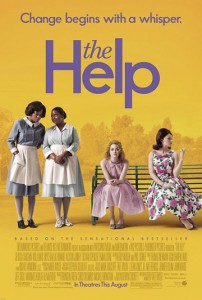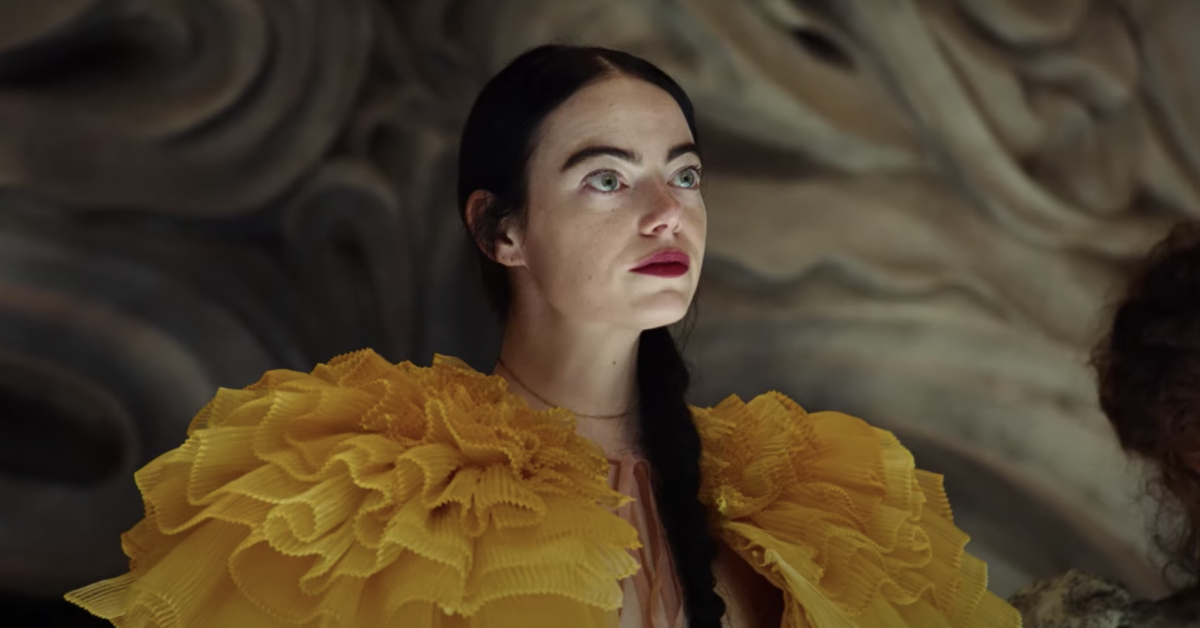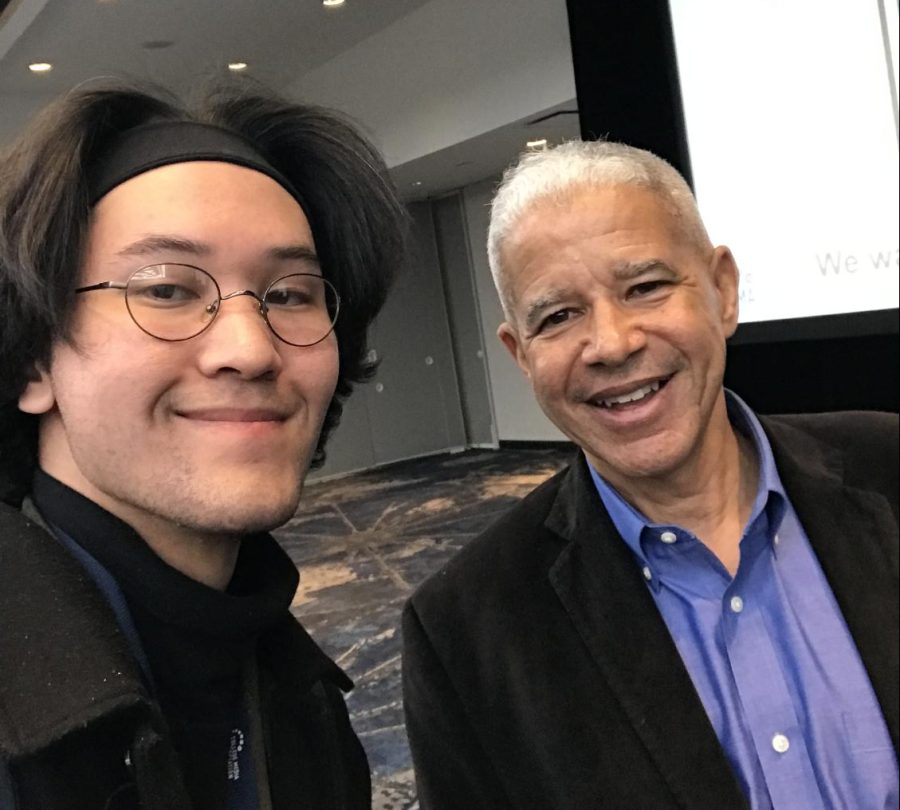
Amid a summer of action movies, sci-fi films and romantic comedies comes the release of “The Help,” a drama based on real-life racial tensions and the hope that rises from finding a solution.
The movie takes place in the 1960s in Jackson, Mississippi, following the story of recent Ole Miss grad Eugenia “Skeeter” Phelan (Emma Stone) and two African-American maids, Abileen Clark (Viola Davis) and Minny Jackson (Octavia Spencer).
The three who work together in secret to publish interviews about a unique aspect of their society: life from the colored maid’s perspective.
This point of view highlights the actions of Elizabeth Leefolt (Ahna O’Reilly) and to a lesser degree Charlotte Phelan (Allison Janney), with Hilly Holbrook (Bryce Dallas Howard) as the main villain, as they represent the racist views of Jackson.
“The Help,” rated PG-13, earned a total of $35.4 million at the box office as of Monday. Written and directed by Tate Taylor, the story is based on the novel The Help written by Kathleen Stockett in 2009.
The movie drew many emotions from the audience, from laughs and snickers about the “Terrible Awful” thing Minny did to Holly to sighs for the love Abileen shows Mae Mobley.
The film did a wonderful job in depicting all of the characters as they were presented in the novel.
Abileen as humble, maternal and full of care for others, Minny as spunky and sassy as can be and Stone embodies the awkward yet morally mature young woman that Skeeter is made out to be in the original work.
Not only were characters accurately represented, but each performer played his or her part beautifully and brought the film to life.
The music was particularly moving, especially “The Living Proof,” written and performed by Mary J. Blige solely for the movie.
While the main plot point is the adversity African-Americans face in society, it is good to note that the movie didn’t glance over the adversity felt by other parties, especially that of Celia Foote (Jessica Chastasin), who is deemed as “white trash” and is ousted from all society functions.
It was also good to see the parallel situations of Skeeter and her mother—both are pressured by others to treat the help in a certain way but choose different routes.
Stockett’s novel has been number one on The New York Times bestseller list, selected as the 2010 Indies Choice Book of the Year, and dubbed the 2010 Southern Independent Booksellers Associations Book of the Year for Fiction.
Like all books-turned-into-movies, some key moments in the novel were forgone or shifted around in the movie to make time to develop the story’s major theme.
Key moments in the relationship between Stuart (Chris Lowell) and Skeeter, as well as the development of Skeeter’s mother’s cancer, were sacrificed in order to develop this main theme.
Other scenes were shown, but were not as effective as they could have been. This misrepresented some of the dynamics in the novel that helped to display the many facets through which facing adversity can take place.
This is extremely unfortunate, as Mrs. Phelan’s declaration to not give in to cancer was met with laughs from the audience, meaning the plot wasn’t developed enough to hit home.
The final scene bespeaks of newfound possibilities, of the ability to grow into a person you never knew you could be because you’ve been denied so often.
Though this theme is common and drives many novels and movies, each story is just as different, unique and heartfelt as the next.
“The Help” is a story and that brings the tempestuous 1960s to life in a new and eye-opening way.










